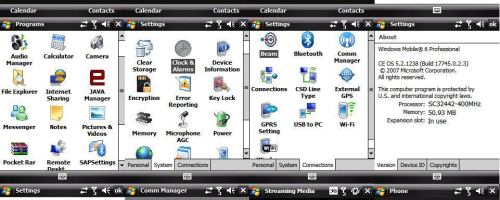
Steaming media is a way of sharing audio and video content over the Internet. Often referred to as rich media, these files can be quite large. To stream the digital files, they are compressed and encoded. The end user then uses a media player to decompress and play the files. This compression and decompression technology is referred to as a codec. The codec must be tested periodically to make sure you are producing the highest quality media stream available.
Things You'll Need:
- Media Player
- Streaming Content
Step 1:
Run an "ipfw" test. Unix systems have an inbuilt test within the operating system. To begin testing the capability of your network in streaming, open the command console and type in the command "ipfw" (without the quotation marks).
Step 2:
From the ipfw window, add the following lines.
sudo ipfw pipe 1 config bw 400kbps
sudo ipfw add 10 pipe 1 tcp from any to me 1935
sudo ipfw add 11 pipe 1 tcp from any 1935 to me
Once these commands have been typed into the operating system, your bandwidth connections in Unix operating systems will open up and improve. This method also gives information on how well your computer can stream online media.
Step 3:
Print the results of your test. Restart the computer to clear the memory and return to normal operation.
Tips:
There are different forms of media available for streaming. The most common is the flash video (FLV) format, which allows users to create and upload average-quality videos. The bigger the file, the better the video and audio quality.
References:
Resources:
Read More Like This
No comments:
Post a Comment